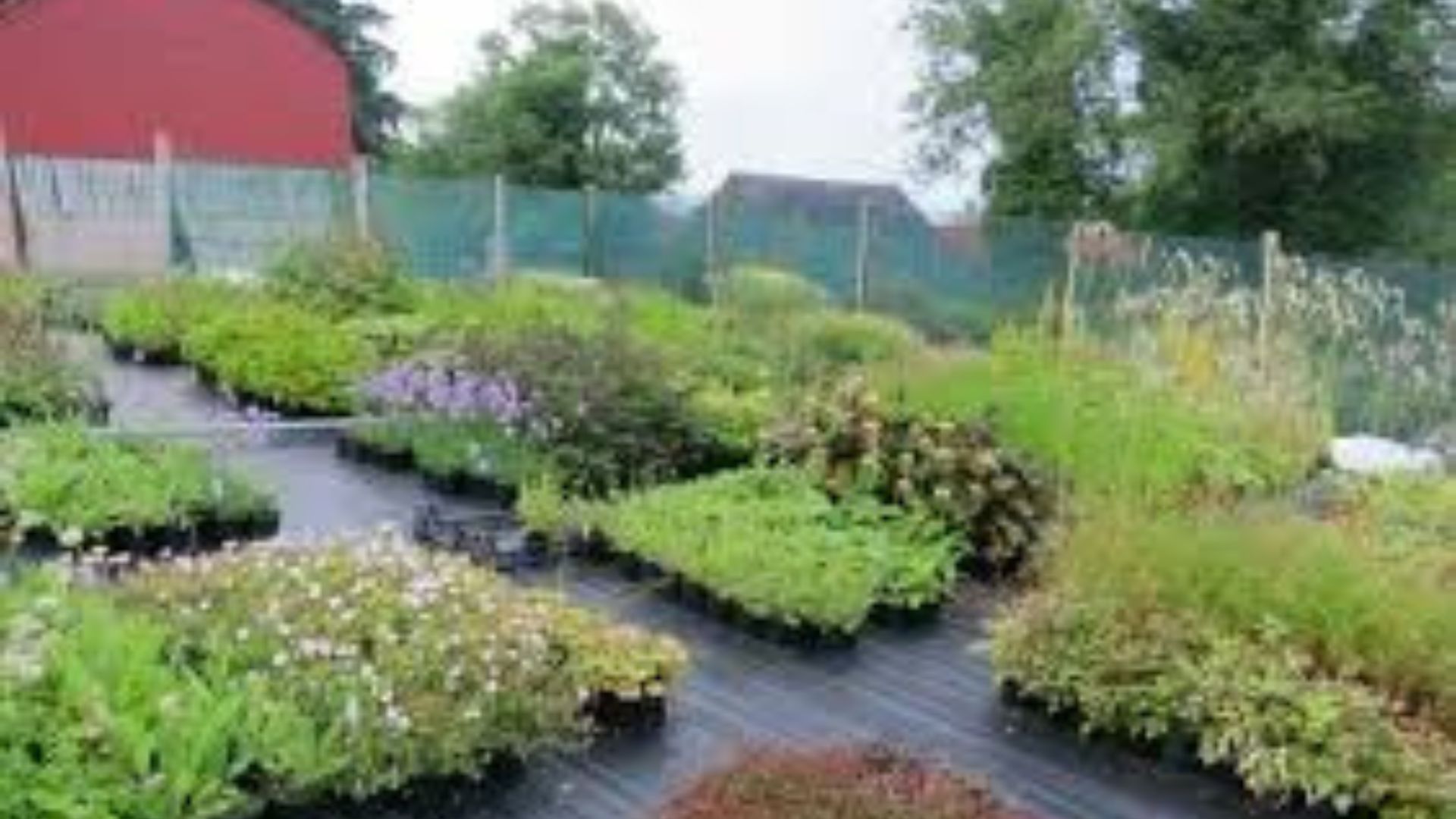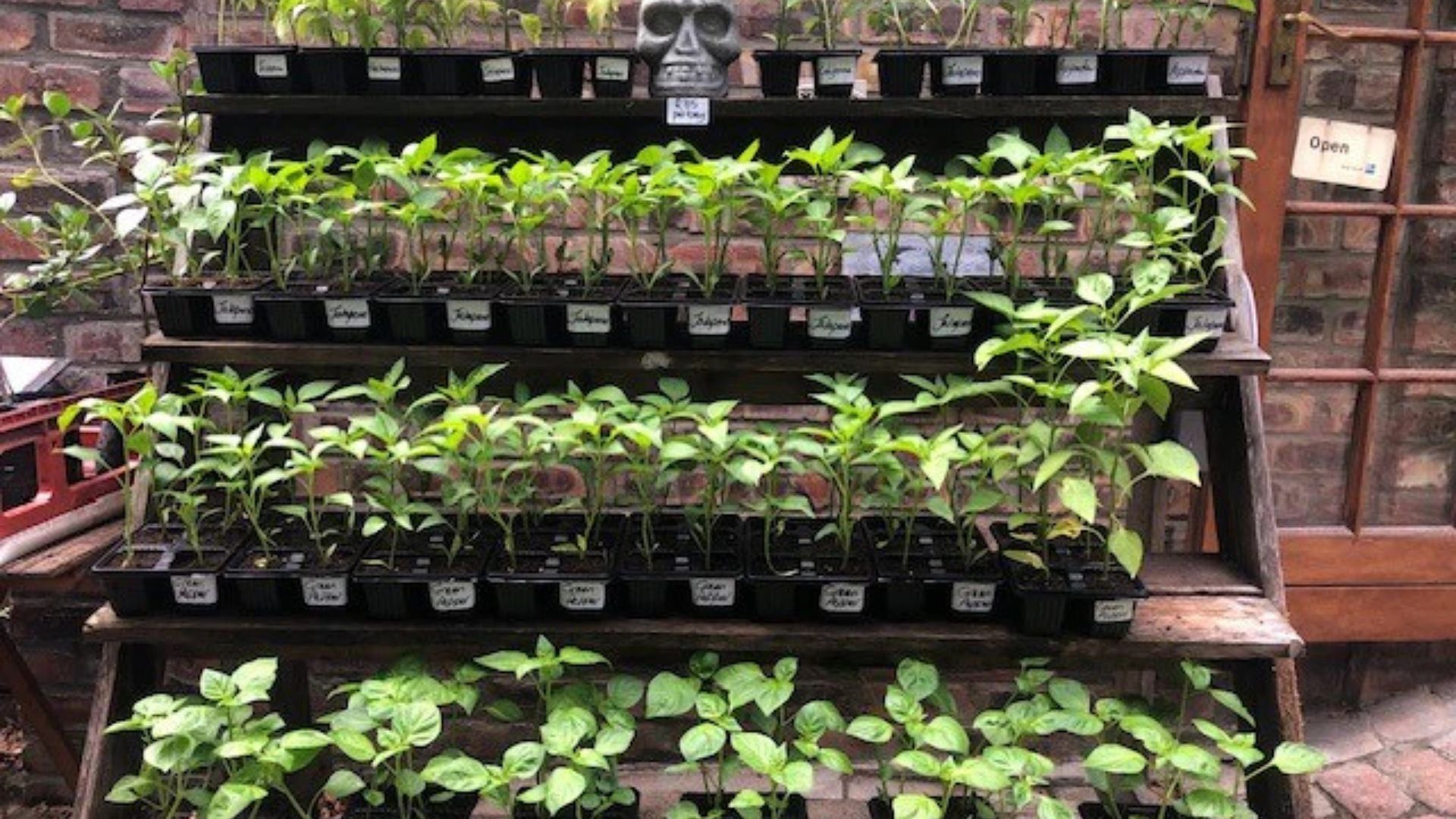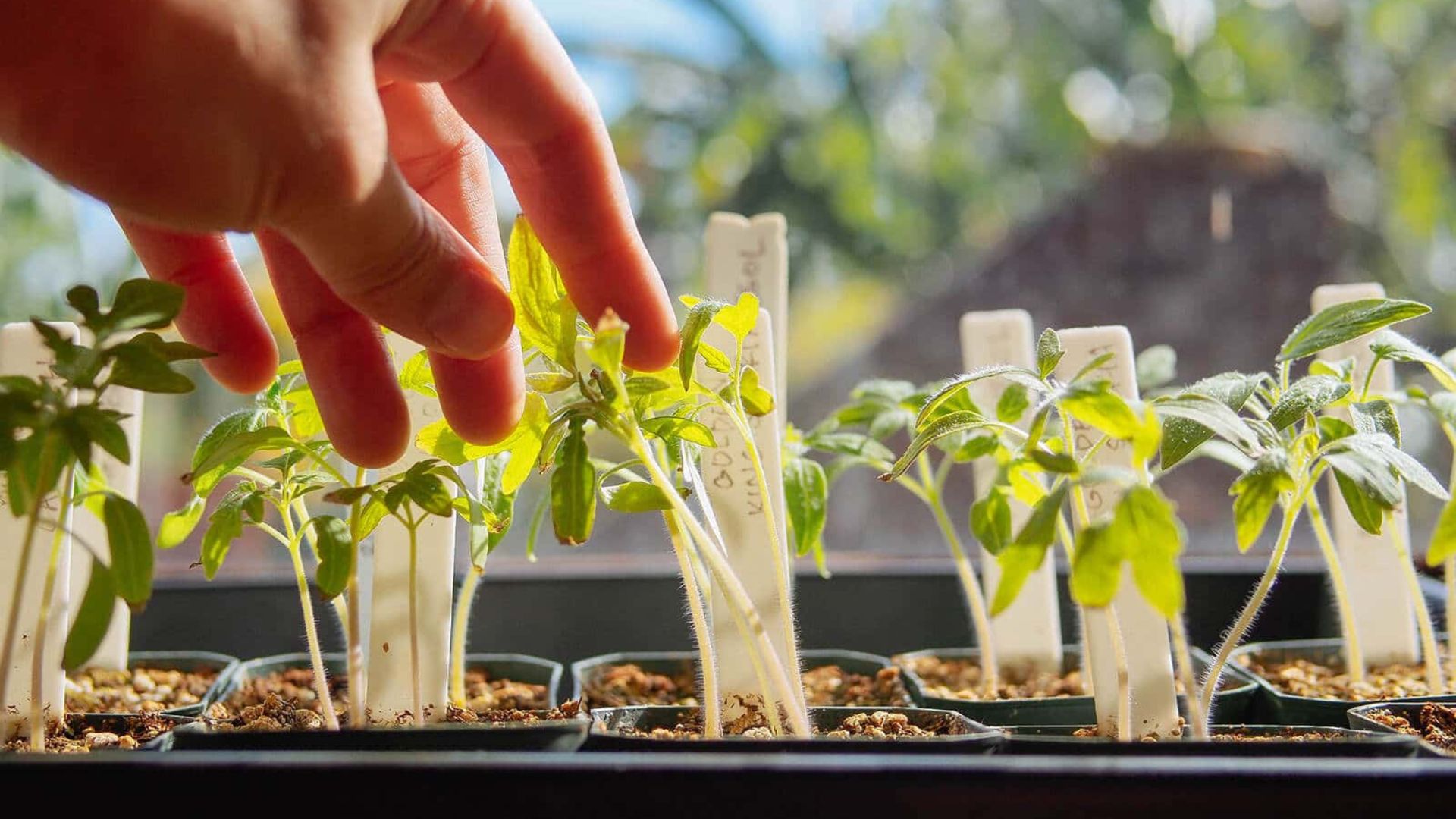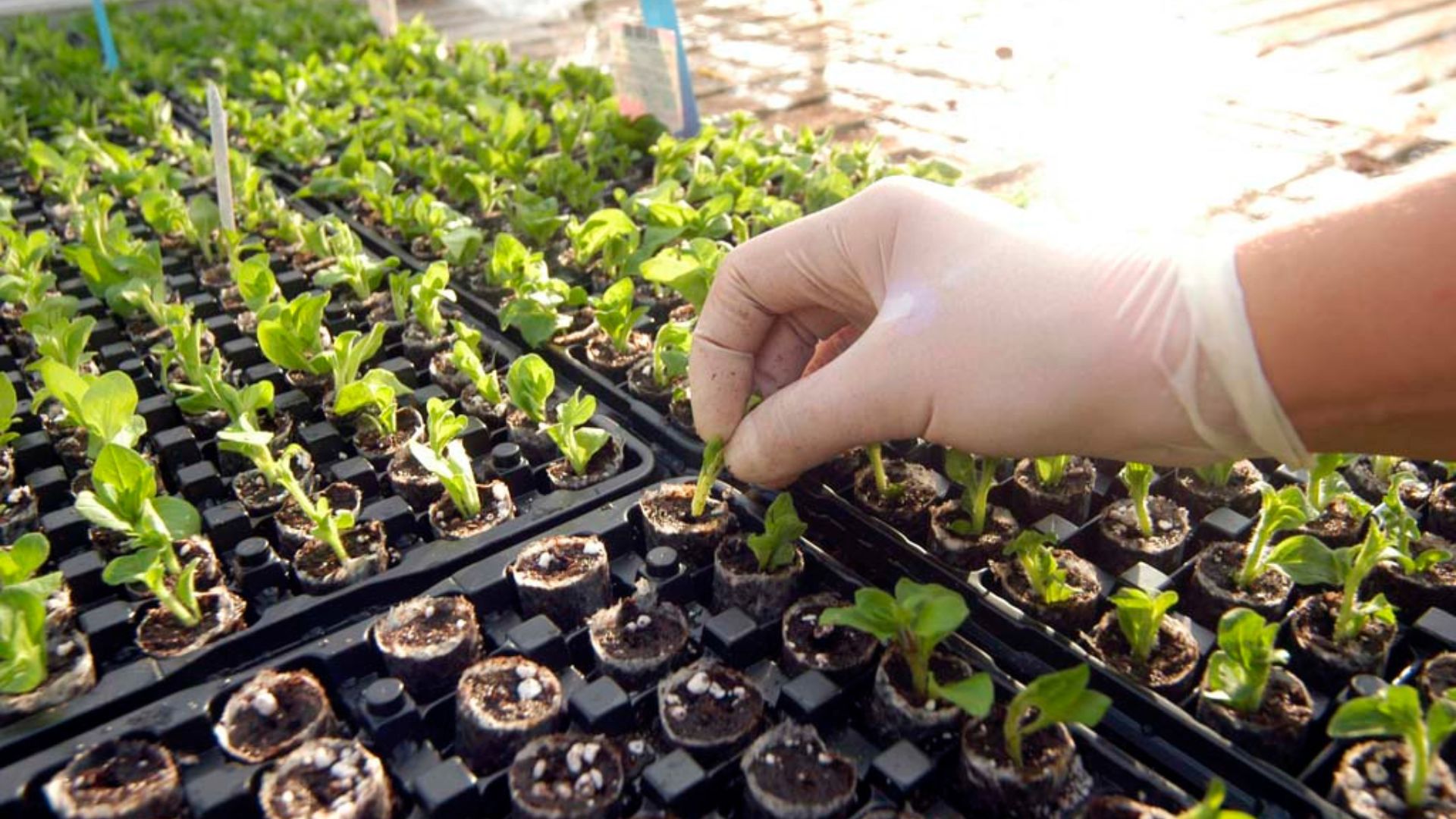Setting up a nursery can be a rewarding venture, especially when you choose the right plants from the start. Choosing plants for your nursery is not just about aesthetics — it’s about understanding your space, climate, and customer needs. With the right planning, your nursery can flourish into a thriving, sustainable business.
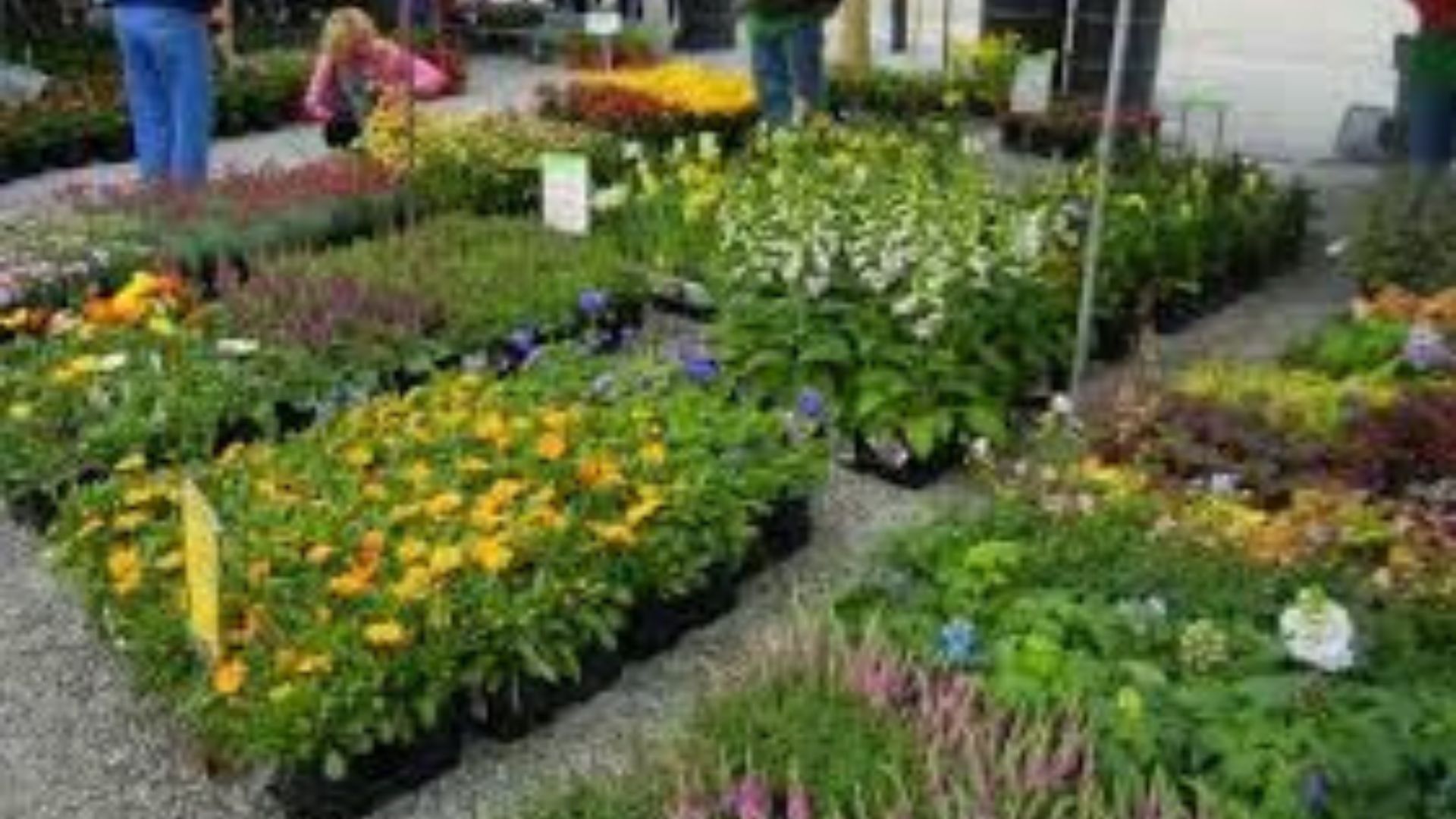
Know Your Local Climate and Soil
Before selecting any plants, analyze the climate and soil in your area. Different plants thrive in different environments, and choosing species that match your conditions reduces maintenance and increases success. For example, succulents are ideal for dry, arid regions, while ferns and hydrangeas prefer moist, shaded areas. Also, test your soil for pH levels, drainage, and nutrient content. This foundational step ensures the plants you stock will grow strong and healthy.
Choose Native and Adaptable Species
Once you understand your climate and soil, focus on native plants or those that adapt well to your region. Native species are naturally suited to local conditions and often require less water, fertilizer, and pest control. Not only are these choices eco-friendly, but they also appeal to environmentally conscious customers. When choosing plants for your nursery, blending native varieties with popular non-native species offers both sustainability and variety.
Consider Market Demand and Trends
To ensure profitability, stay informed about current gardening trends and customer preferences. Houseplants like monsteras and pothos remain popular, while edible plants such as herbs and vegetables are gaining momentum among home gardeners. Seasonal flowers and low-maintenance shrubs also continue to sell well. Visiting local garden centers, attending trade shows, and following online plant communities can help you spot trends and meet your customers’ expectations effectively.
Start with Easy-to-Care-for Plants
Especially if you’re new to nursery management, begin with hardy, low-maintenance plants. These are easier to propagate, manage, and sell, making your learning curve smoother. Examples include lavender, aloe vera, snake plants, and marigolds. These types of plants also appeal to beginner gardeners who seek fuss-free options. Over time, you can introduce more delicate or specialized species as your confidence and customer base grow.
Space Planning and Plant Size Matter
Think ahead about how much space each plant will require. Proper spacing prevents overcrowding, reduces disease spread, and promotes healthy growth. For example, shrubs and trees need significantly more room than annual flowers or succulents. Arrange your nursery layout with walking paths and display zones so customers can easily browse and view your selection. When choosing plants for your nursery, always factor in their growth potential, not just their current size.
Sustainable Practices for Long-Term Success
In today’s market, sustainability plays a big role in plant selection. Opt for drought-resistant species, avoid invasive plants, and use eco-friendly containers or packaging. Additionally, consider incorporating organic soil and natural pest control methods. These practices not only appeal to a growing eco-conscious demographic but also contribute to the long-term success and resilience of your nursery business.
Build a Diverse Yet Cohesive Inventory
A well-rounded plant inventory includes a mix of indoor, outdoor, flowering, foliage, edible, and ornamental plants. However, ensure your selection is cohesive and manageable. Too many different species can lead to confusion and difficulty in care. Focus on a strong core group of plants that align with your brand and grow your variety strategically. Remember, diversity should support your nursery’s identity — not dilute it.
Conclusion: Start Smart and Grow with Purpose
Choosing plants for your nursery involves more than picking what’s pretty — it’s a strategic decision that sets the foundation for your nursery’s health and profitability. By understanding your environment, listening to the market, and planning for sustainability, you can grow a plant business that blooms year-round. Whether you’re starting small or dreaming big, thoughtful plant selection is the root of your success.






